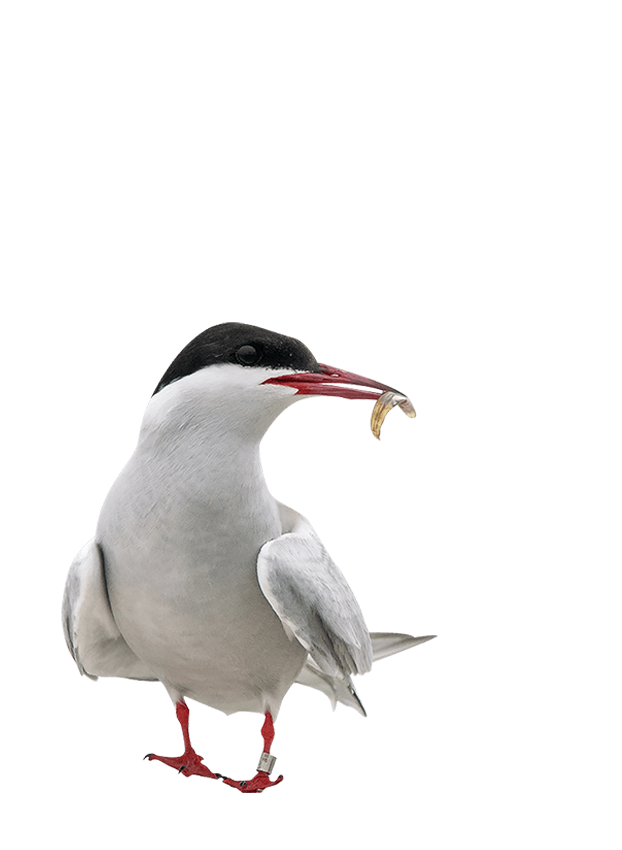
The Arctic National Wildlife Refuge hosts over 200 different species of birds each year. They come to nest and raise their young in its short but lively summer season. Many of these birds have made long and difficult journeys to reach the resources of the Arctic Refuge.
Birds come from six different continents, taking months to fly across deserts, mountains, and open oceans. One such species is the Arctic Tern. This little bird holds the world record for the longest migration. They come all the way from Antarctica, traveling 44,000 miles (74,000 kilometers) to reach the Arctic. Young Arctic Terns use this time of year as an opportunity to find a mate. They have complex courtship rituals that help them find the perfect lifelong mate. The terns first fly to high altitudes and slowly descend together. Once they’ve established their flying chemistry, the male tern brings the female gifts of fish. If she is impressed by his fishing abilities, they will mate and share the responsibilities of incubating the eggs and protecting the nest.
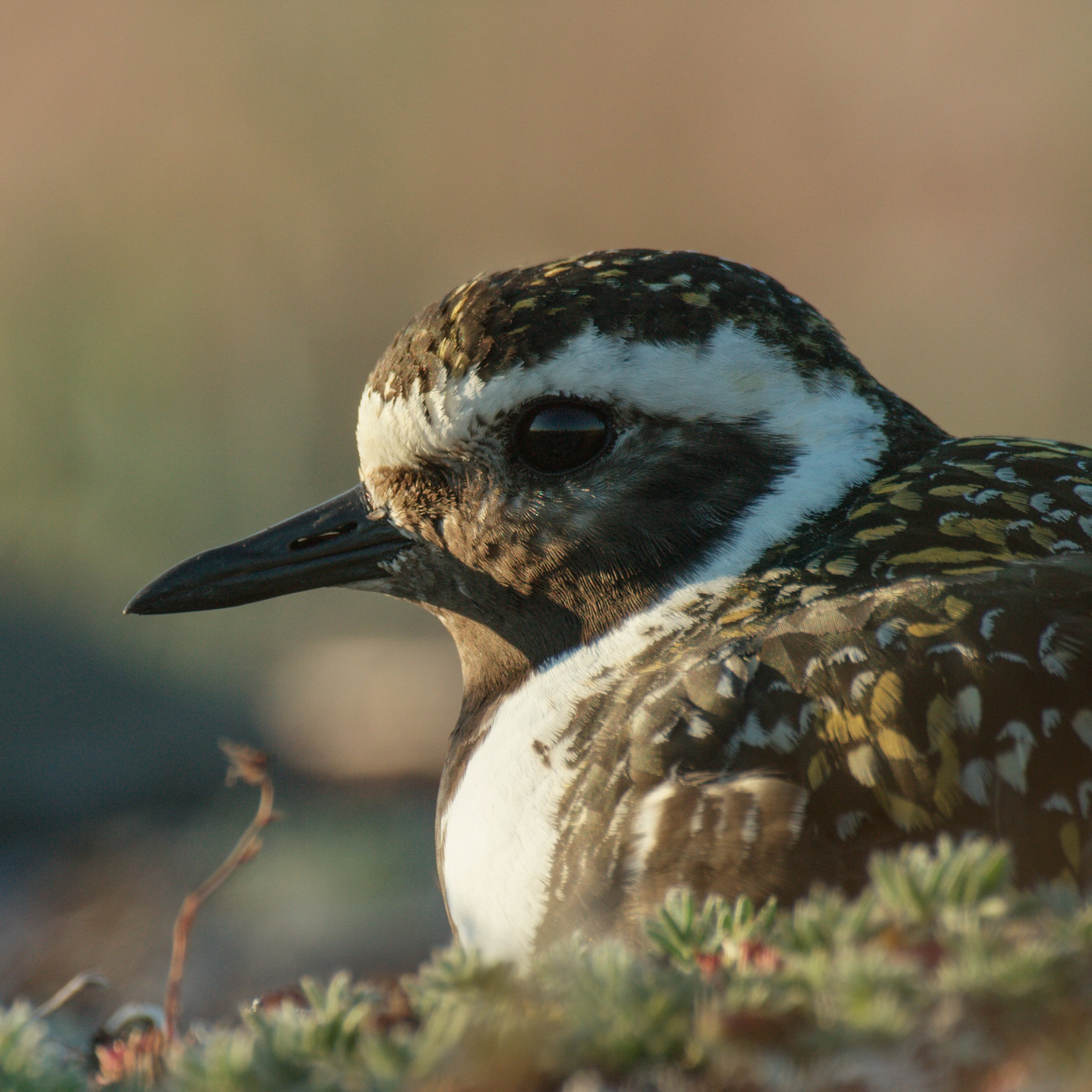
These birds come from all across North America, with some travelling from as far south as Mexico. Golden Eagles usually mates for life and have a unique courtship ritual, called “sky dancing”. The male eagle picks up a rock, flies it high into the sky, and then drops it. He dives quickly after the rock, speeding toward the ground, catching it again in his talons. Golden Eagles have been recorded at speeds of up to 200 miles per hour during these rituals. Mating pairs will return to the same nest every year, raising each generation of chicks in the same location. There are raptor nests in the Arctic Refuge that scientists believe have been in use for at least 2,000 years!
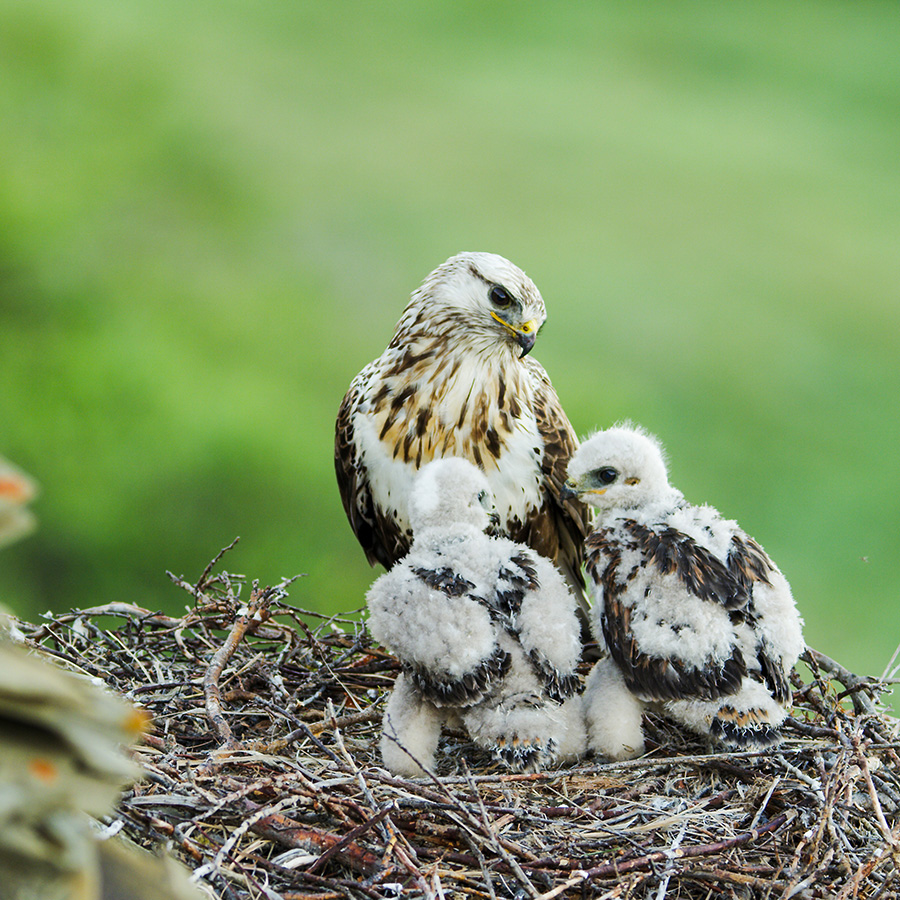
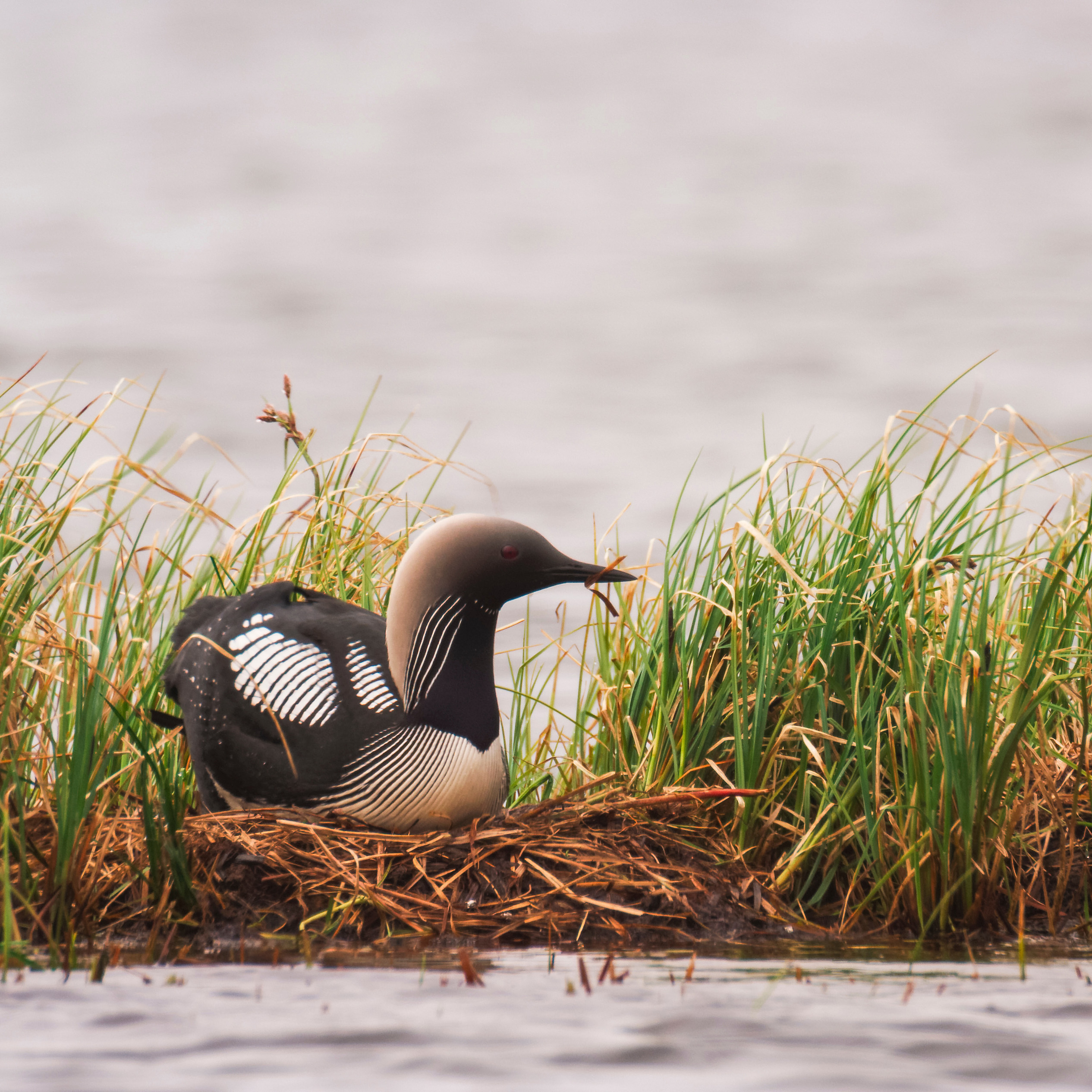
The American Golden-Plover comes up from Argentina, Snow Geese fly from Texas, and the Dunlin travels all the way from Japan. This diverse group of birds brings an equally wide-ranging combination of nesting strategies. Some birds will carefully weave their nests out of grasses, while others build theirs out of twigs. Some species even lay their eggs right on the ground, trusting the color of the eggs to help them blend in with their environment.
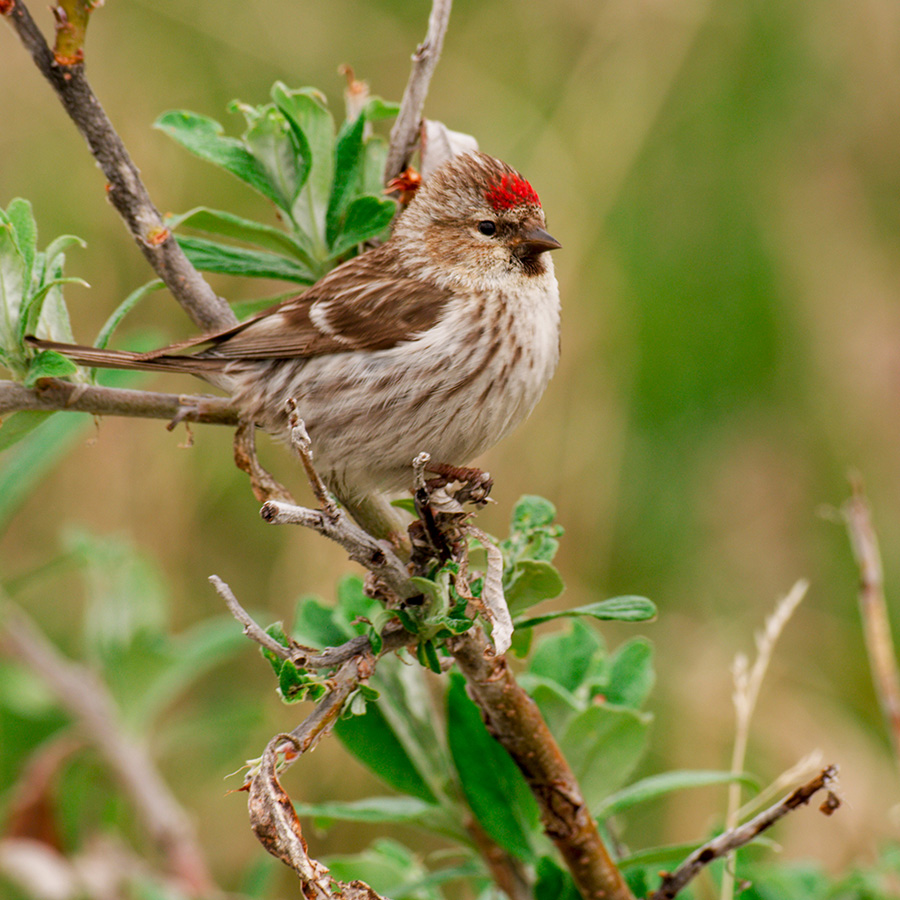
There are 25 species of resident birds that call this extreme habitat home all year round. One of the most notable of these year-round residents is the Snowy Owl. This large predator has feathered feet to protect it against cold temperatures, and is almost entirely white to blend in with the snowy background. Unlike most other owl species, the Snowy Owl commonly hunts during the day. They feed on lemmings and small birds throughout the summer, but will eat almost anything available during the winter.
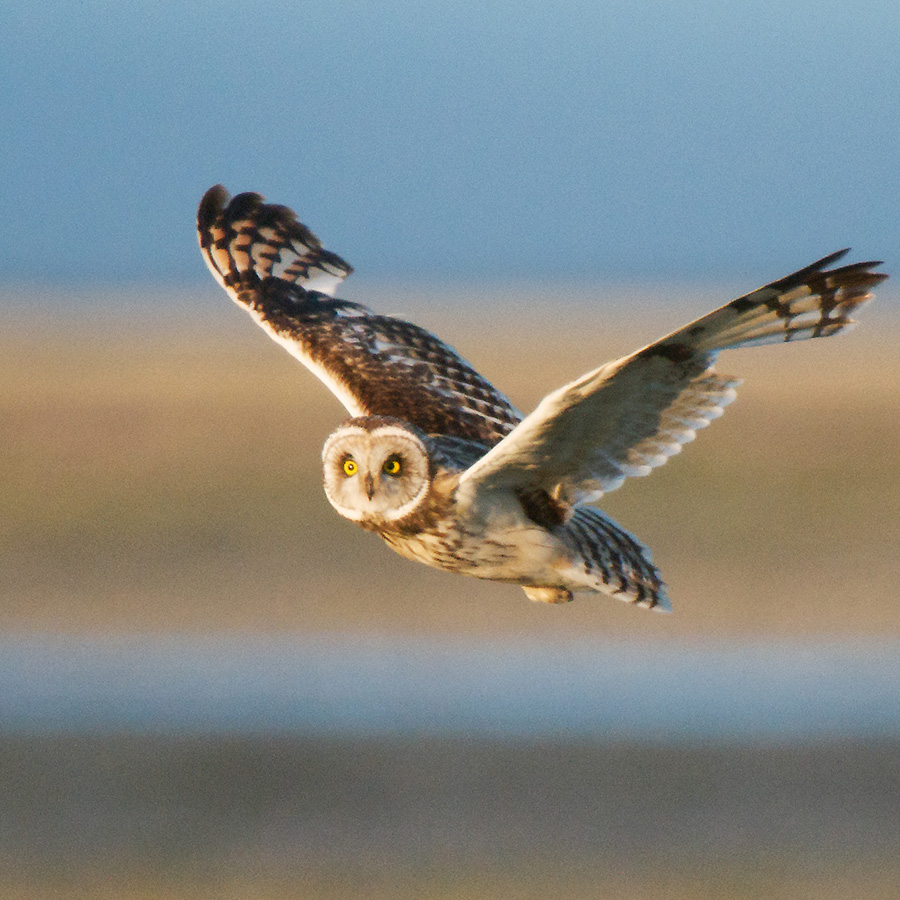
Climate change is adding new challenges to these already dangerous trips, making it more difficult for the birds to survive once they arrive. Changing weather patterns force birds to add miles to their migration paths and limit the food supplies they need to stay healthy along the way. As sea levels continue to rise, many of the birds’ established nest sites and feeding grounds are being destroyed. We still have time to protect the future of these species if we act quickly. Visit our Take Action page to learn more about what you can do to help.
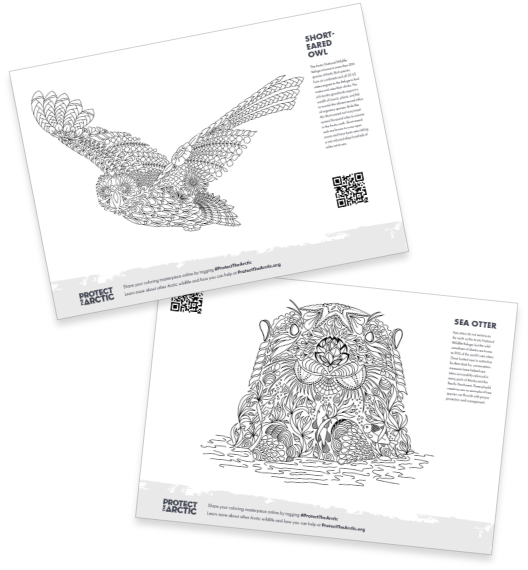
Download our pack of 6 Arctic animals to color and share. Polar Bear, Arctic Fox, Caribou, Peregrine Falcon, Short-Eared Owl, or Sea Otter… Which is your favorite?